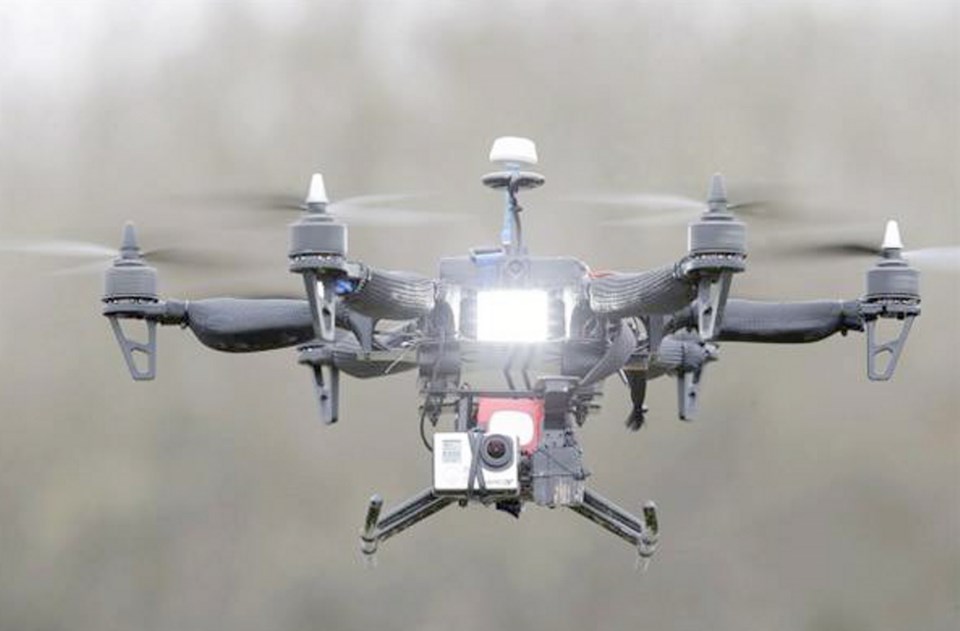Anyone who uses an unmanned aerial vehicle, or drone, for hunting in B.C. risks a minimum fine of $2,500, a provincial wildlife official warns.
Steve MacIver, acting manager of the provinceŌĆÖs wildlife management section, said in an interview that it is illegal under the Wildlife Act to use a helicopter to hunt in B.C. and that the province considers a drone to be a form of helicopter.
ŌĆ£ItŌĆÖs basically something that uses a rotor to apply pressure on air to get lift,ŌĆØ he said, noting the province is considering an amendment to the Wildlife Act to avoid any ambiguity. ŌĆ£There may be a specific reference to drones, so itŌĆÖs black and white.ŌĆØ
The concern is that hunters could use a drone to fly over the landscape to pinpoint the location of game, then move in for an easy kill.
ŌĆ£ItŌĆÖs a fair-chase concept,ŌĆØ MacIver said. ŌĆ£ItŌĆÖs too easy. Helicopters can land anywhere.ŌĆØ
In the current provincial hunting and trapping synopsis online, it now reads in bold red ink it is illegal ŌĆ£to use a helicopter, including a drone, while on a hunting expedition.ŌĆØ
The minimum fine is $2,500 and up to $250,000 upon first conviction and/or up to two years in jail.
Existing law also makes it illegal ŌĆ£to use a power boat, aircraft, or motor vehicle or other mechanical device to herd or harass wildlife.ŌĆØ The equivalent fine is up to $100,000 and/or one year in prison.
Conservation officers have the option of issuing a minimum out-of-court ticket of $345 ŌĆö an option that does not apply to use of a helicopter.
There are also concerns that drones could be used by photographers to get too close to nesting birds or hover over steep slopes where mountain goats and mountain sheep are rearing their newborns. Golden eagles are known to prey upon the young of both species.
ŌĆ£Wildlife are sensitive to disturbance, especially at certain times of the year ŌĆö their mating seasons or when newborns are around,ŌĆØ MacIver confirmed. ŌĆ£The last thing they need is to be harassed by a drone.ŌĆØ
Around North America, provinces and states have moved to ban drones for hunting, including Saskatchewan and Manitoba.
Resident hunters and guide-outfitters (catering mainly to foreign trophy hunters) have been at each othersŌĆÖ throats in recent months over wildlife allocation issues, but when it comes to use of drones the two groups are squarely on the same page.
Al Martin, director of strategic initiatives for the B.C. Wildlife Federation, said that everyone ŌĆ£thinks itŌĆÖs a bad ideaŌĆØ to use drones for hunting. ŌĆ£LetŌĆÖs nip this in the bud.ŌĆØ
Scott Ellis, executive director of the Guide Outfitters Association of B.C., noted that drones are popular with film productions seeking scenic aerial views of the landscape, adding drones with infrared capabilities have been used on controversial hunts of wild feral pigs in the U.S. south.
ŌĆ£It might work in some circumstances in agricultural lands,ŌĆØ he said. ŌĆ£I donŌĆÖt see a big rush of people running out there with drones trying to see up a mountain or down into a valley with a camera.ŌĆØ



